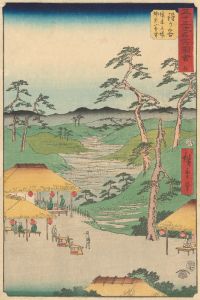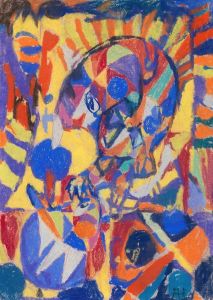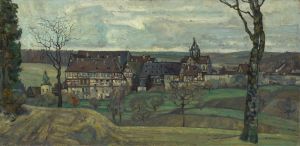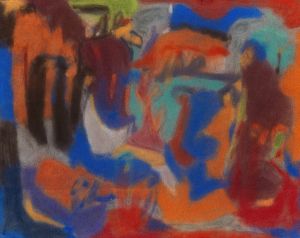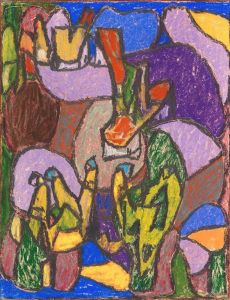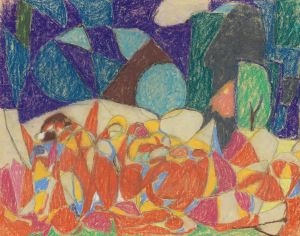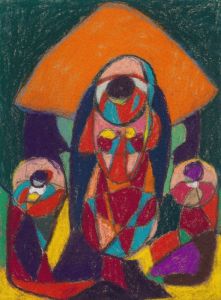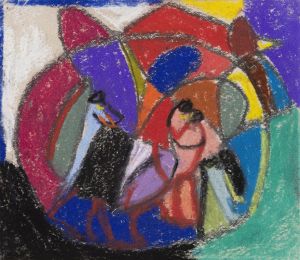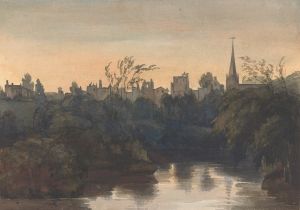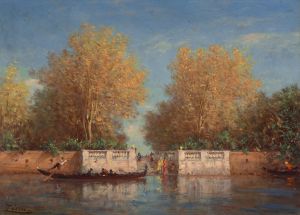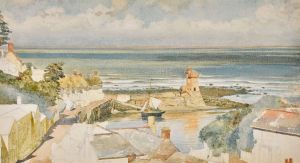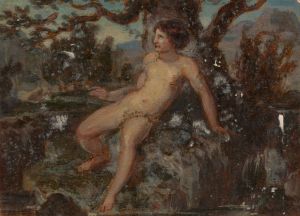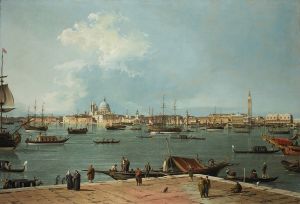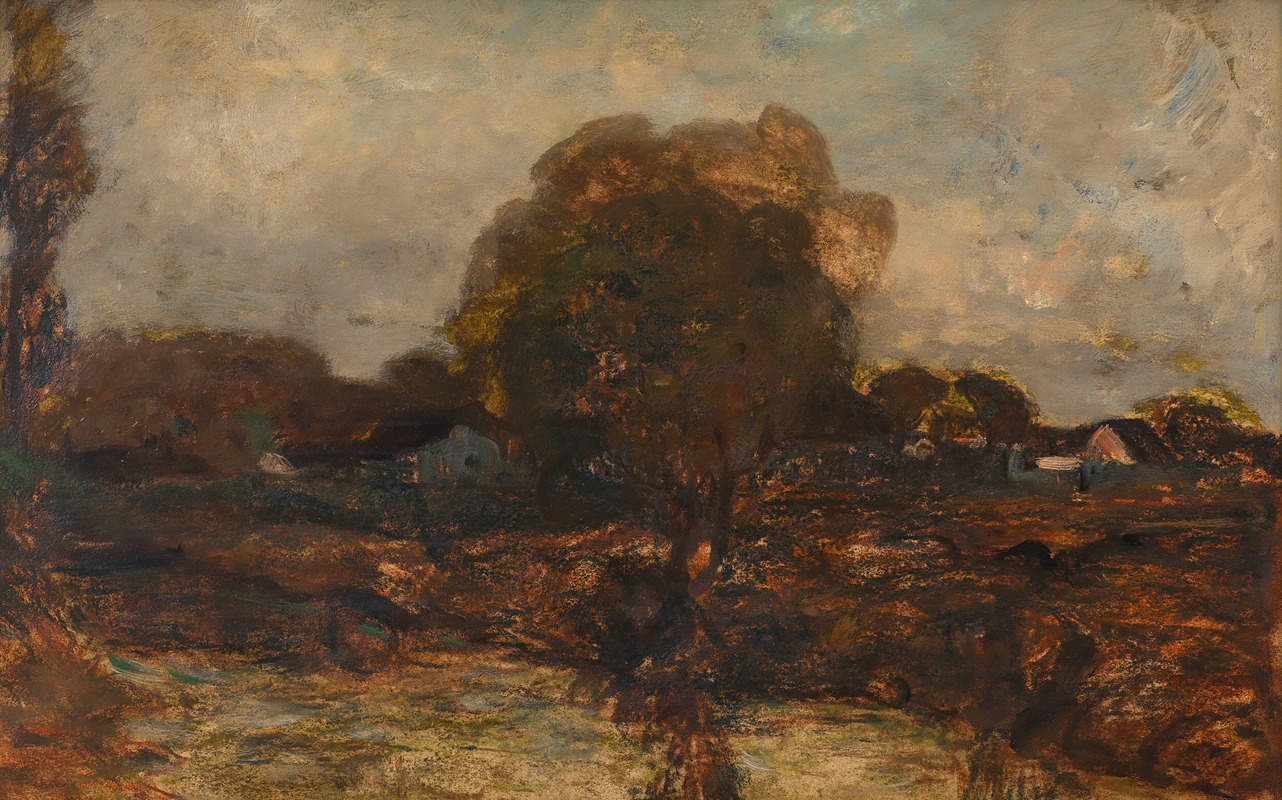
Flusslandschaft mit Dorf
A hand-painted replica of Adolf Hölzel’s masterpiece Flusslandschaft mit Dorf, meticulously crafted by professional artists to capture the true essence of the original. Each piece is created with museum-quality canvas and rare mineral pigments, carefully painted by experienced artists with delicate brushstrokes and rich, layered colors to perfectly recreate the texture of the original artwork. Unlike machine-printed reproductions, this hand-painted version brings the painting to life, infused with the artist’s emotions and skill in every stroke. Whether for personal collection or home decoration, it instantly elevates the artistic atmosphere of any space.
Adolf Hölzel (1853-1934) was a German painter and art teacher, known for his contributions to modern art and his role in the development of abstract art. One of his notable works is "Flusslandschaft mit Dorf" (River Landscape with Village), which exemplifies his distinctive style and artistic evolution.
"Flusslandschaft mit Dorf" is a landscape painting that captures a serene riverside scene with a village in the background. The painting reflects Hölzel's interest in the interplay of color, light, and form, which were central themes in his work. Hölzel's approach to landscape painting often involved a departure from strict realism, instead focusing on the emotional and expressive potential of color and composition.
Hölzel was a pivotal figure in the transition from traditional to modern art in Germany. He studied at the Academy of Fine Arts in Vienna and later at the Academy of Fine Arts in Munich. His early works were influenced by Impressionism, but he gradually moved towards a more abstract style. In 1905, Hölzel became a professor at the Stuttgart Academy of Fine Arts, where he influenced a generation of artists, including Oskar Schlemmer and Willi Baumeister.
"Flusslandschaft mit Dorf" is characterized by its vibrant use of color and dynamic composition. Hölzel employed a technique that emphasized the harmony and contrast of colors, creating a sense of movement and depth. The painting's composition is carefully balanced, with the river leading the viewer's eye through the landscape towards the village. The use of light and shadow adds to the overall atmosphere, evoking a sense of tranquility and timelessness.
Hölzel's work was part of a broader movement in early 20th-century art that sought to break away from the constraints of academic painting. He was associated with the Munich Secession and later the Berlin Secession, groups that advocated for artistic innovation and freedom. Hölzel's theories on color and form were influential in the development of abstract art, and he is considered a precursor to the Bauhaus movement.
Throughout his career, Hölzel experimented with various techniques and styles, always seeking to push the boundaries of traditional art. His teaching methods at the Stuttgart Academy were progressive, encouraging students to explore their creativity and develop their unique artistic voices. Hölzel's impact on modern art is significant, and his works, including "Flusslandschaft mit Dorf," continue to be celebrated for their contribution to the evolution of artistic expression.
In summary, "Flusslandschaft mit Dorf" by Adolf Hölzel is a notable example of his innovative approach to landscape painting. The work reflects his mastery of color and composition, as well as his influence on the development of modern art. Hölzel's legacy as an artist and teacher remains an important part of art history, and his contributions continue to inspire contemporary artists.





